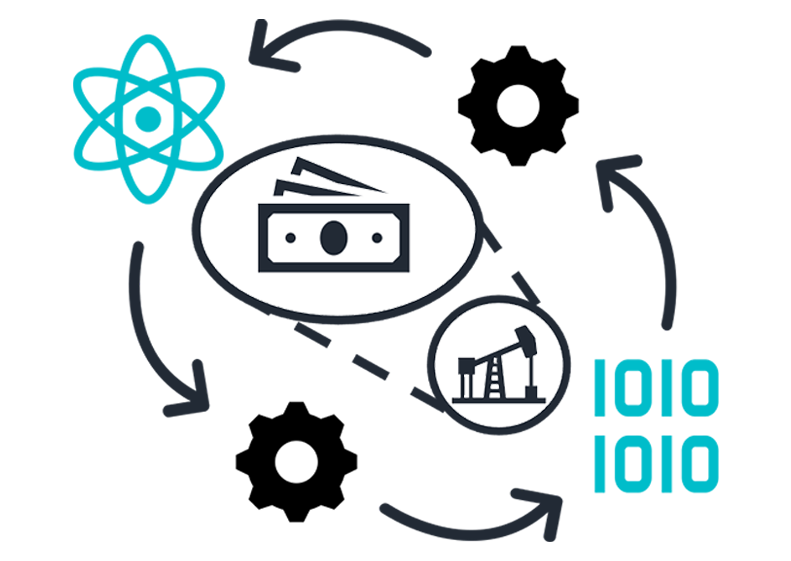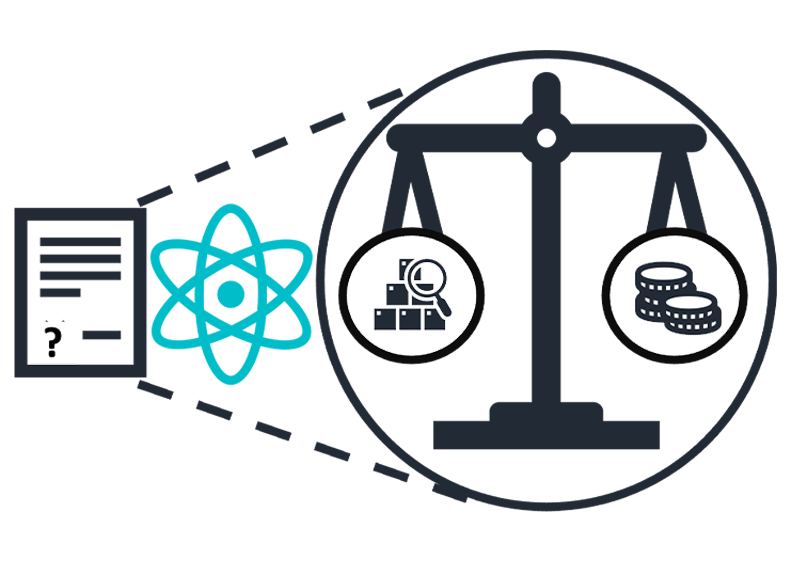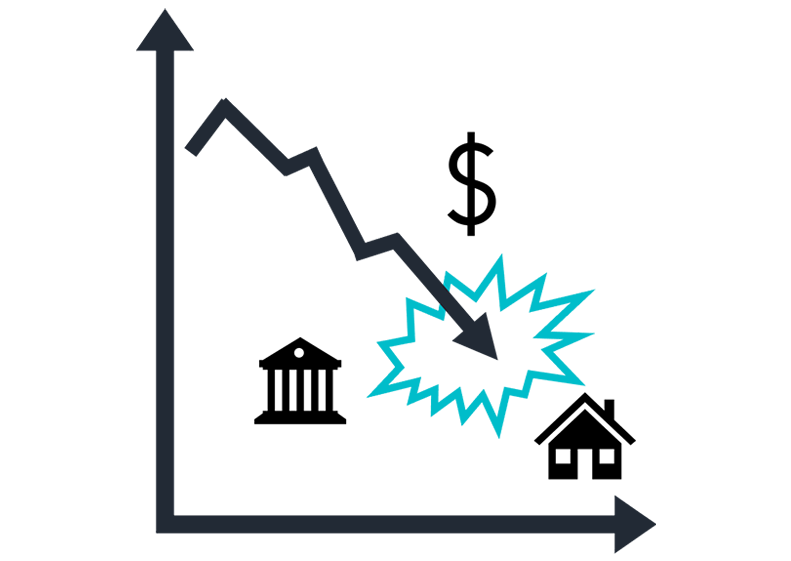One of the most popular types of financial derivative is an option, with tens of billions of dollars worth of options traded daily. An option gives the contract holder the option, but not an obligation, to buy (i.e., “call option”) or sell (i.e., “put option”) an underlying asset or financial instrument at a certain strike price on or before the expiration date. Investors often use options—typically as part of complex strategies involving multiple options—to hedge risk. If the price increases, then a direct purchase would result in more profit since the investor didn’t pay for the option. However, if the price falls, then a direct purchase may result in substantial losses. In this case, an option holder has losses capped at the price of the option.
Since the payout of an option depends on the price of its underlying assets in the future, it’s not immediately clear how one should determine the fair price of an option. Typically, investors gather information on the underlying asset such as price history or the correlation of the price to other instruments, then estimate the probabilities of different price movements. Once investors have these probabilities, they can play out different possible scenarios to determine what outcomes seem most likely, and then calculate the fair price of the option. This process involves randomly selecting several pricing scenarios according to the estimated probabilities and averaging the payouts for each scenario. While quite accurate, this analysis also takes a great deal of computing resources to complete; thus, a more efficient algorithm would make pricing options faster, cheaper, and more accurate.







